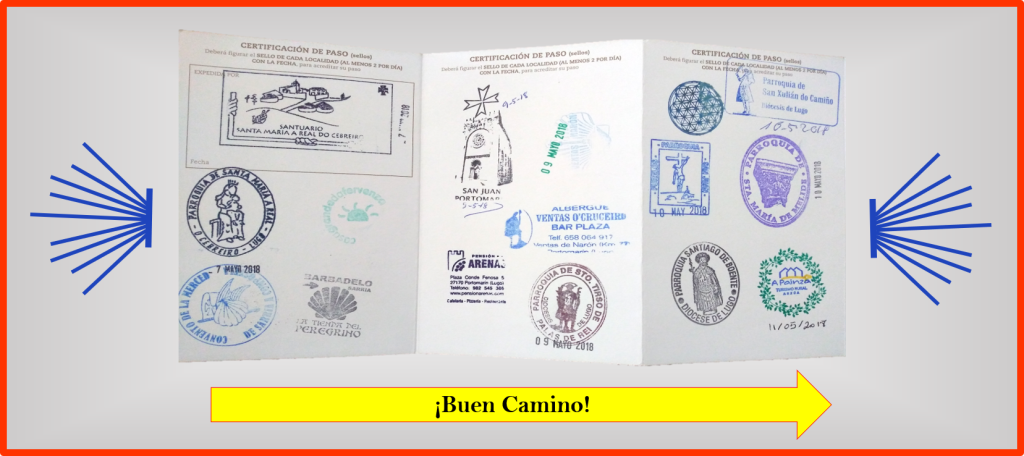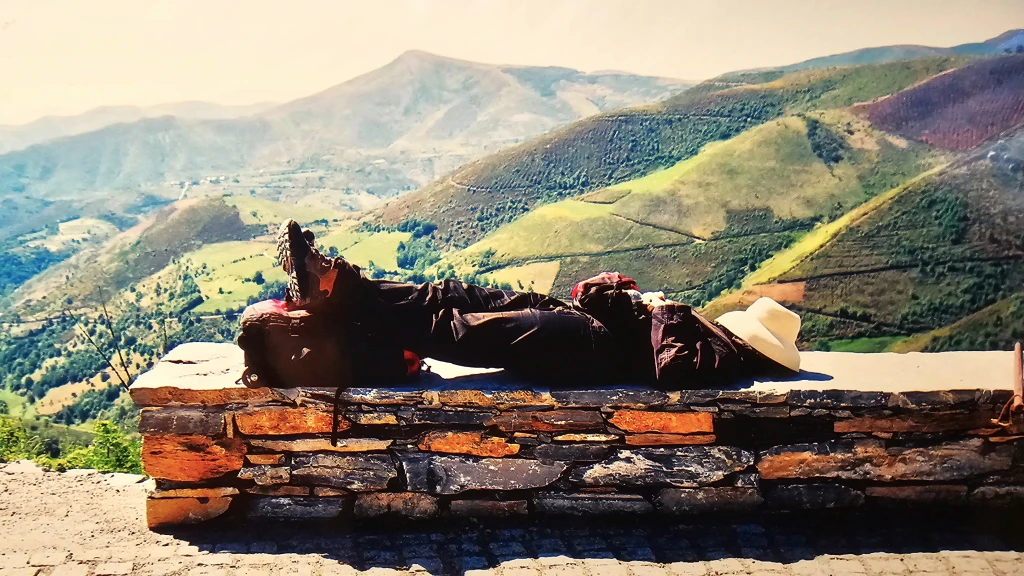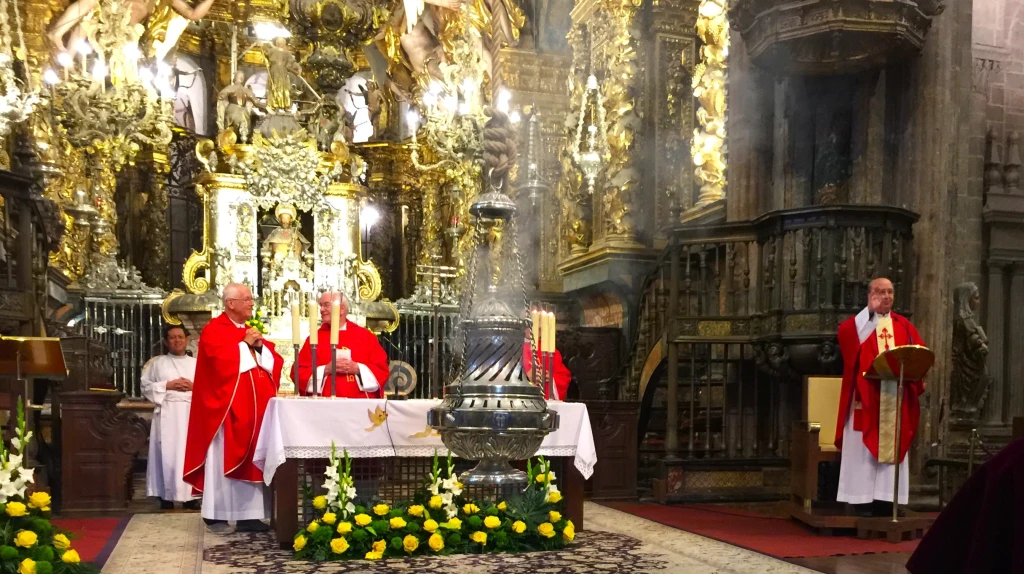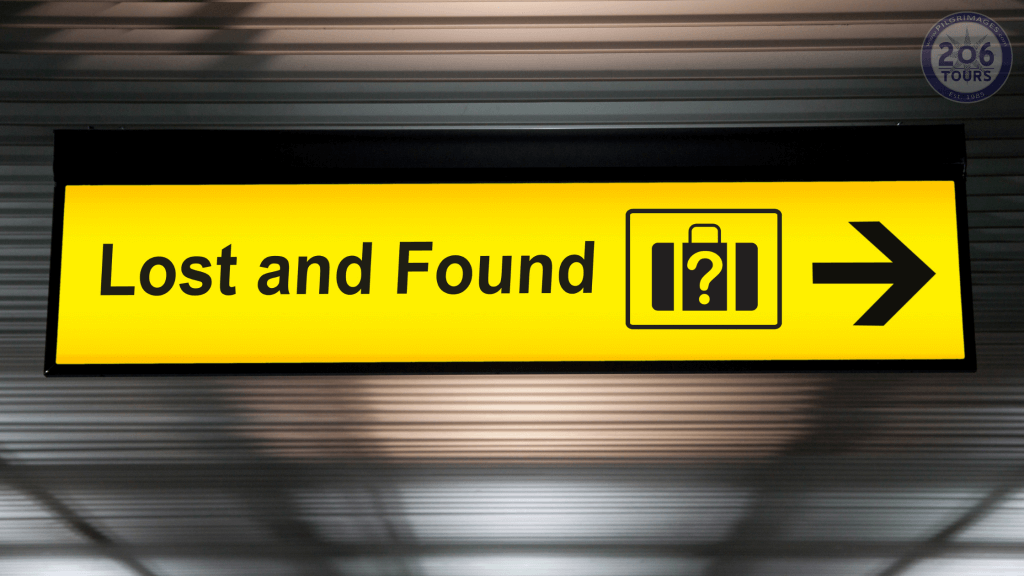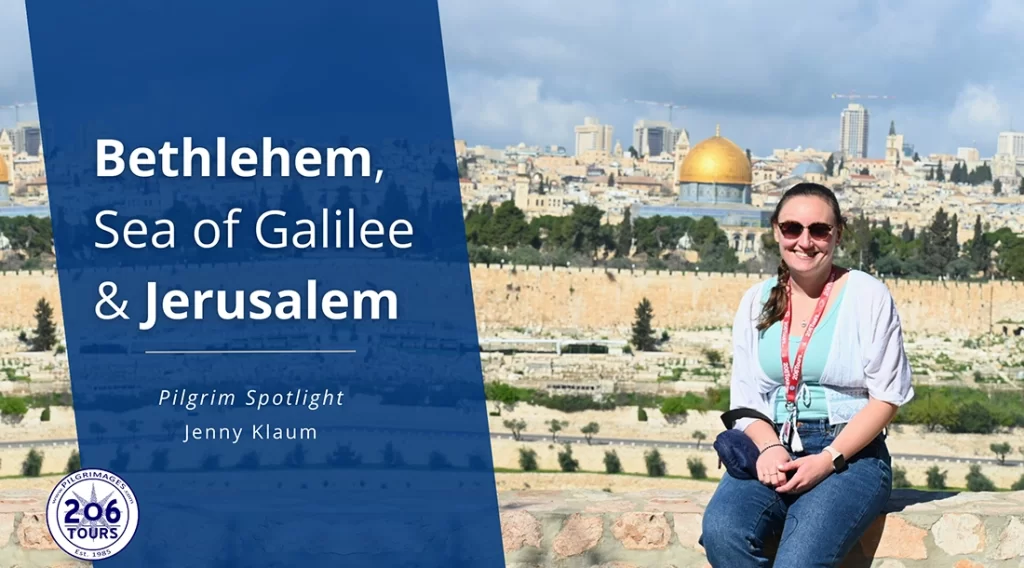The Way. The Truth. The Life.
Jesus said to him, “I am the way, and the truth, and the life. No one comes to the Father except through me.”
Catholic Pilgrimages & Spiritual Journeys to the World’s Holiest Sites with 206 Tours.
A Life-Changing Experience: Walking the Way to Santiago de Compostela, “El Camino”
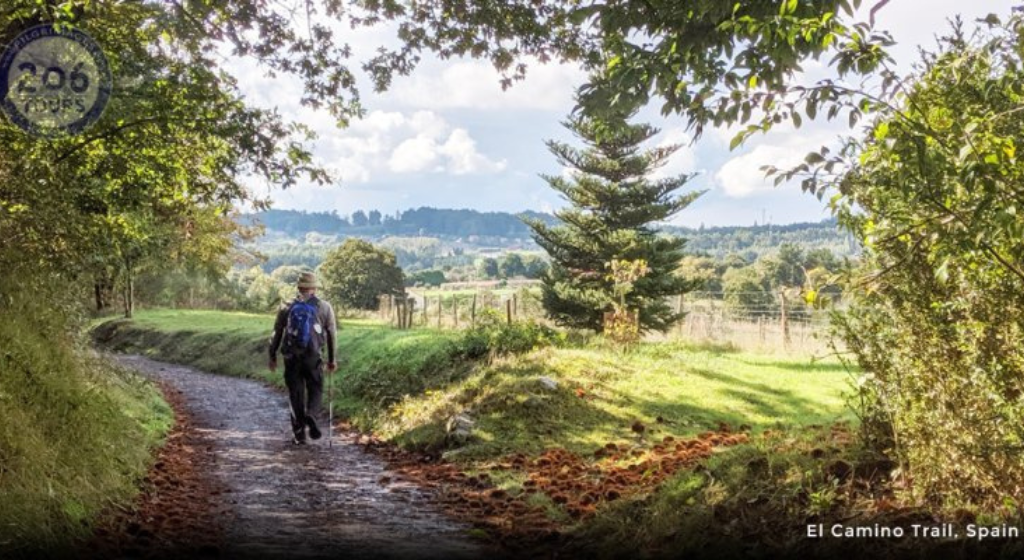


Countless yellow arrows and shells function as signs marking El Camino. The Spanish greeting, “Buen Camino,” serves as a verbal symbol of brotherhood among pilgrims. When a pilgrim says, “Buen Camino,” the typical response is also “Buen Camino,” wishing one another a successful pilgrimage. To enjoy El Camino and prevent injuries, pilgrims should walk at their own pace, take breaks, and stay hydrated. “The rest day in the middle of the pilgrimage was idyllic,” said 206 Tours pilgrim Callie Connor, a retired accountant in Carthage, Illinois. The spectacular scenery of El Camino remains one of its most appreciated characteristics.
“The landscape is what always amazes me. Especially further in the walk, when one gets to walk in the eucalyptus woods … You raise your head and see portions of the sky; the breeze moves the branches,” said Gaj. “El Camino helps you to empty yourself from the exterior noise.” The whole adventure of walking El Camino, crossing through different towns, discovering old churches and chapels, enjoying the countryside, and the variety of traditional Spanish dishes make El Camino memorable. Each pilgrim lives a unique spiritual experience while advancing toward a meaningful goal—arriving at St. James Cathedral! Mass is celebrated daily in the Cathedral of Santiago de Compostela to welcome all pilgrims completing El Camino. Visiting the tomb of St. James, revered by pilgrims from different epochs and corners of the world, can be a humbling experience—he accompanied the Lord and witnessed His transfiguration (Matthew 17:1–8).
Pilgrims can also witness the swinging of the 5-foot iconic botafumeiro flying across the lateral naves of the cathedral—a must-see for the culmination of the pilgrimage.
206 Tours pilgrim Betty Beyko, a retired teacher in Alberta, Canada, said the final Mass in the cathedral with glorious music and the botafumerio is one of the most vivid moments she remembers. Yet, she added, “I loved every aspect of El Camino. For me, it will be a lasting memory, bearing fruit at home.” 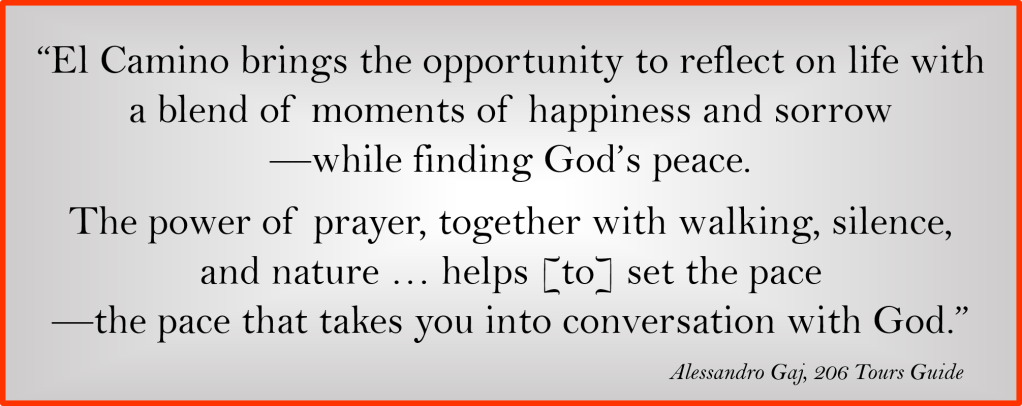
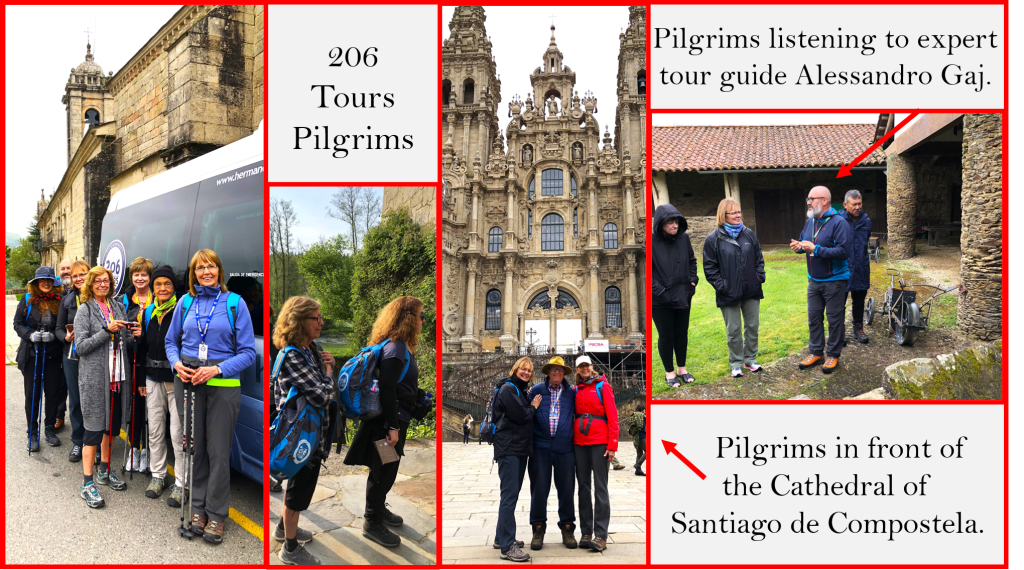

El Camino Pilgrimage – French Route: www.206tours.com/tour70
El Camino Pilgrimage – Portuguese Route: www.206tours.com/tour78
View all available Pilgrimages with 206 Tours by visiting: www.206tours.com/pilgrimages
El Camino – The Way of St. James: The Spanish Route (Walking Pilgrimage)
Tour: 70
Destinations: Spain
Duration: 11 days
El Camino – The Way of St. James: The Portuguese Route (Walking Pilgrimage)
Tour: 78
Destinations:
Duration: 11 days
Blogs

How to Renew Your Passport Online

Cruise Pilgrimage: A New Kind of Spiritual Journey

What a 206 Tours Guide Brings to Your Pilgrimage

Preparing for the Unexpected While on a Pilgrimage

What You Need to Know About Attending a Papal Audience

5 Ways to Begin Preparing for a Pilgrimage
view all
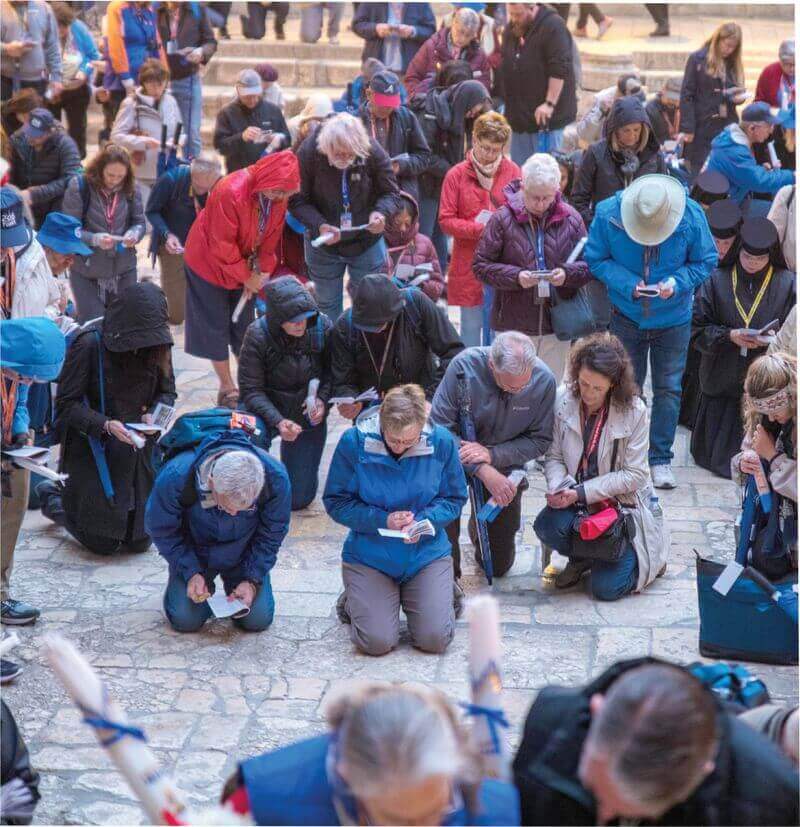
206 Tours Pilgrims
What is a 206 Tours Pilgrimage Like?
“To go on pilgrimage really means to step out of ourselves in order to encounter God where he has revealed himself” – Pope Benedict XVI
RECOMMENDED
Upon the Death of a Pope: Procedure...
RECOMMENDED
Lost Luggage: What To Do If This Ha...
RECOMMENDED
Bethlehem, Sea of Galilee & Je...
Join Us
Join over 400,000 faithful Pilgrims and get exclusive travel tips, giveaways and more!

